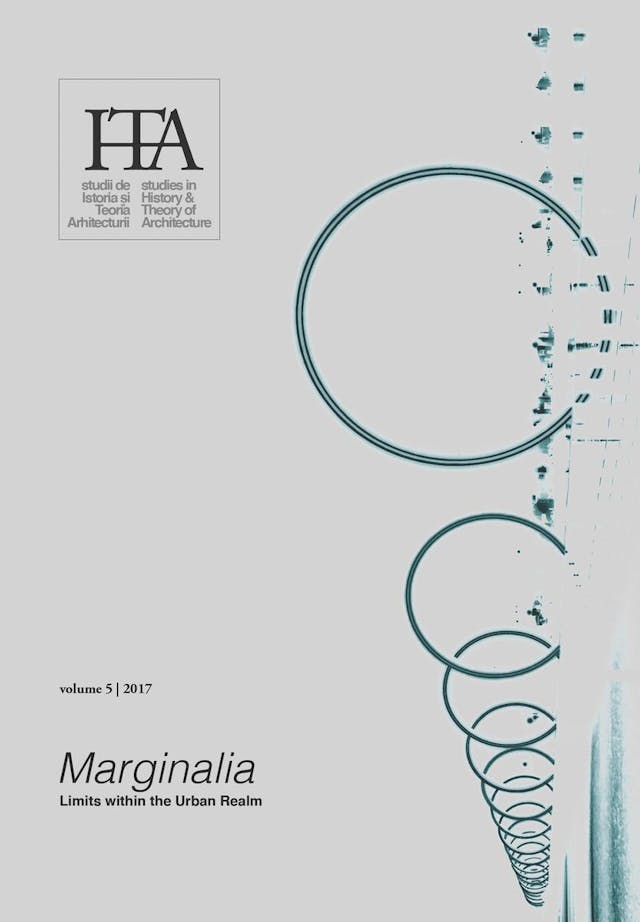The Architecture of Margins: an Exploration of Civic Architecture and its Representation of Political Administration in Sarajevo, Ljubljana, and Skopje
by
Tomas Cole
Keywords
civic architecture
collective identity
architectonics
territory
syncretic assemblage
media
This paper examines the role of stylized architectonic elements within civic architecture as a response to new configurations of territory and political administration. The recent regeneration of a major part of Skopje’s center, completed under the title of Skopje 2014, has inspired this analysis of architectural and urban types which are formed by relations between the fragment and the edifice, to speak simultaneously of a bound provision of territory and the fluctuating limits of its margins. While Skopje 2014 has been criticized by both architects and popular news sources, the syncretic assemblage of iconography to reposition the city within new territorial relations is not without precedent.
This research investigates three case studies taken from different periods in time, all within the territories of former Yugoslavia. An analysis of Sarajevo’s town hall designed in 1896, and of Jože Plečnik’s unbuilt proposals for the Slovenian Parliament designed in 1947, focuses on a coalescence in the politico-geographic construction of national identity, and on the fabrication of an architectural representation. These investigations establish the architectural mechanism of reconfiguring foreign tectonics as a trope, and provide a framework for the analysis of Skopje 2014’s representation of national identity.
Chicago citation style
DOI:
10.54508/sITA.5.10
